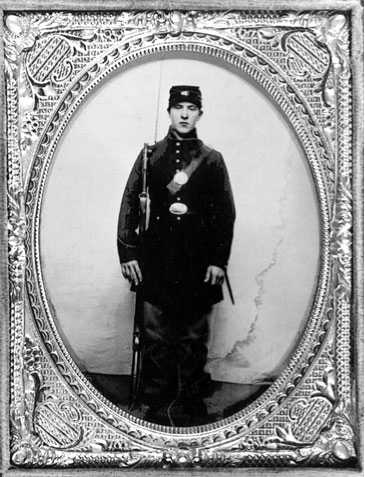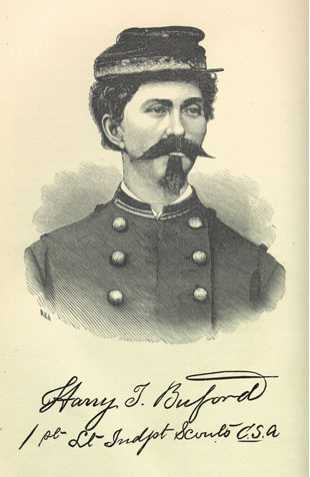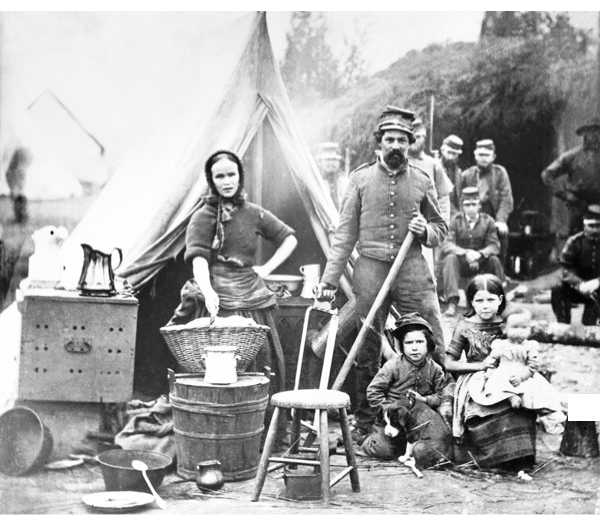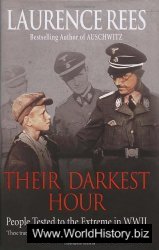Many southern women took over the management of farms and small plantations when their menfolk went off to war. Others became volunteer nurses, and after an initial period of resistance, the Confederate army began to enlist women in the medical corps. At least two female nurses, Captain Sally Tompkins and Kate Cumming, left records of their experiences that throw much light on how the wounded were treated during the war. Other southern women worked as clerks in newly organized government departments.
Southern “ladyhood” more generally was yet another casualty of the war. The absence or death of husbands or other male relations changed attitudes toward gender roles. When her husband obeyed a military order to abandon Atlanta to the advancing Union armies, Julia Davidson, about to give birth, denounced the “men of Atlanta” for having “run and


Sarah Rosetta Wakeman, a. k.a. Private Lyons Wakeman of the 153rd Regiment of New York, and Janeta Velasquez, a. k.a. Lt. Harry T. Buford of the Confederate army, disguised themselves as men to fight.

The family of a soldier in the 31st Philadelphia Infantry, camps near Washington, DC. Although both armies discouraged women from following soldier-husbands, the practice was fairly common. Women proved indispensable as laundresses and cooks. Although women were initially excluded from army hospitals, the policy quickly changed and camp women often worked as nurses during battles.
Left Atlanta” and their homes. Such women learned to fend for themselves. “Necessity,” Davidson later wrote her husband, would “make a different woman of me.”
Large numbers of women also contributed to the northern war effort. As in the South, farm women went out into fields to plant and harvest crops, aided in many instances by new farm machinery. Many others took jobs in textile factories; in establishments making shoes, uniforms, and other supplies for the army; and in government agencies. But as was usually the case, the low wages traditionally paid women acted as a brake on wage increases for their male colleagues.
Besides working in factories and shops and on farms, northern women, again like their southern counterparts, aided the war effort more directly. Elizabeth Blackwell, the first American woman doctor of medicine, had already founded the New York Infirmary for Women and Children. After war broke out she helped set up what became the U. S. Sanitary Commission, an organization of women similar to the Christian Commission dedicated to improving sanitary conditions at army camps, supplying hospitals with volunteer nurses, and raising money for medical supplies. Many thousands of women volunteers took part in Sanitary Commission and related programs.
An additional 3,000-odd women served as regular army nurses during the conflict. At the start the high command of both armies resisted the efforts of women to help, but necessity and a grudging recognition of the competence of these women gradually brought the generals around. Clara Barton, a schoolteacher and government clerk, was among the first women to dress wounds at forward stations on the battlefield. After she ran out of bandages at Antietam, she dressed wounds with green corn leaves. The chief surgeon declared her to be “the angel of the battlefield.” The “proper sphere” of American women was expanding, another illustration of the modernizing effect of the war.
•••-[Read the Document Barton, Memoirs About Medical Life at the Battlefield at Www. myhistorylab. com




 World History
World History









